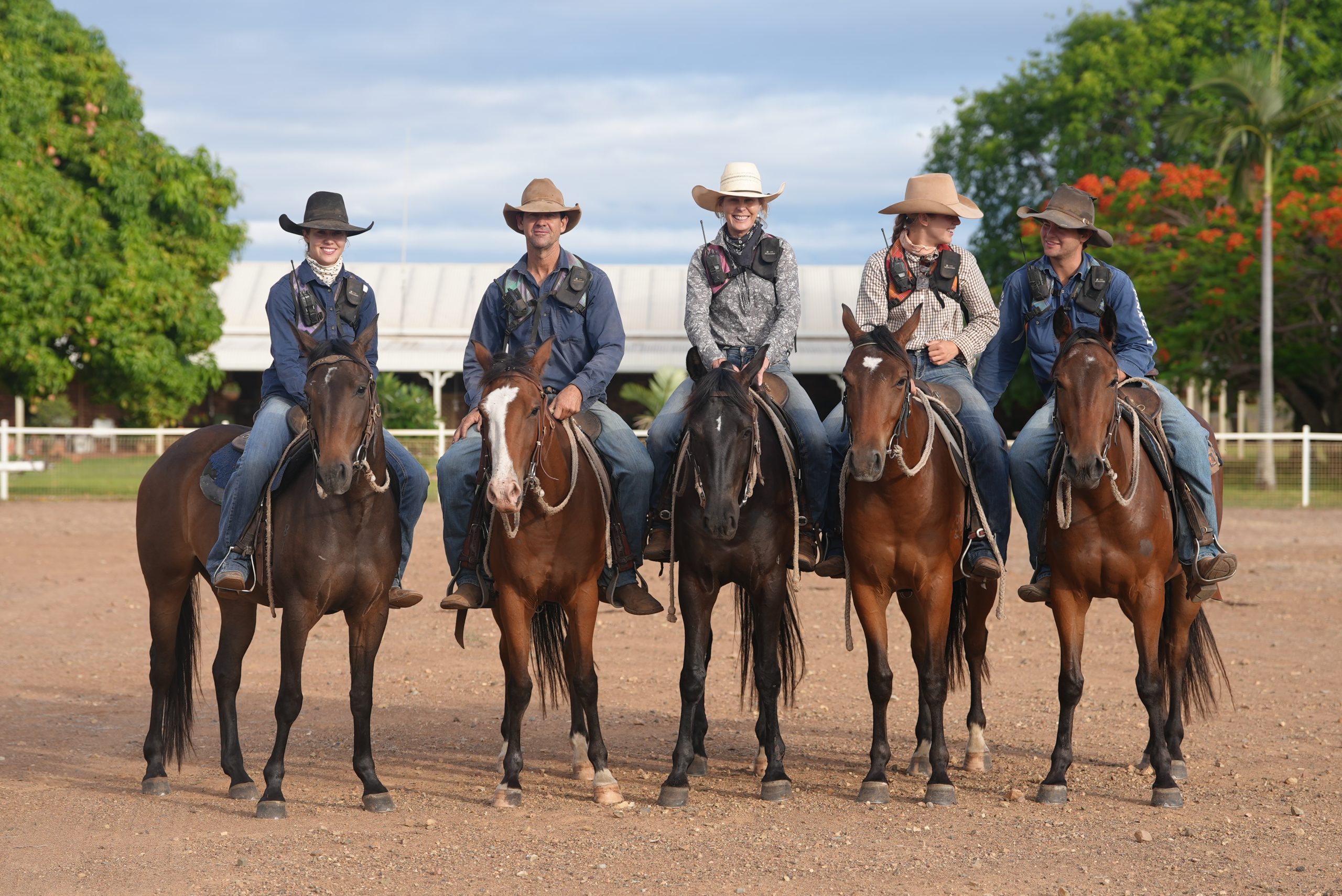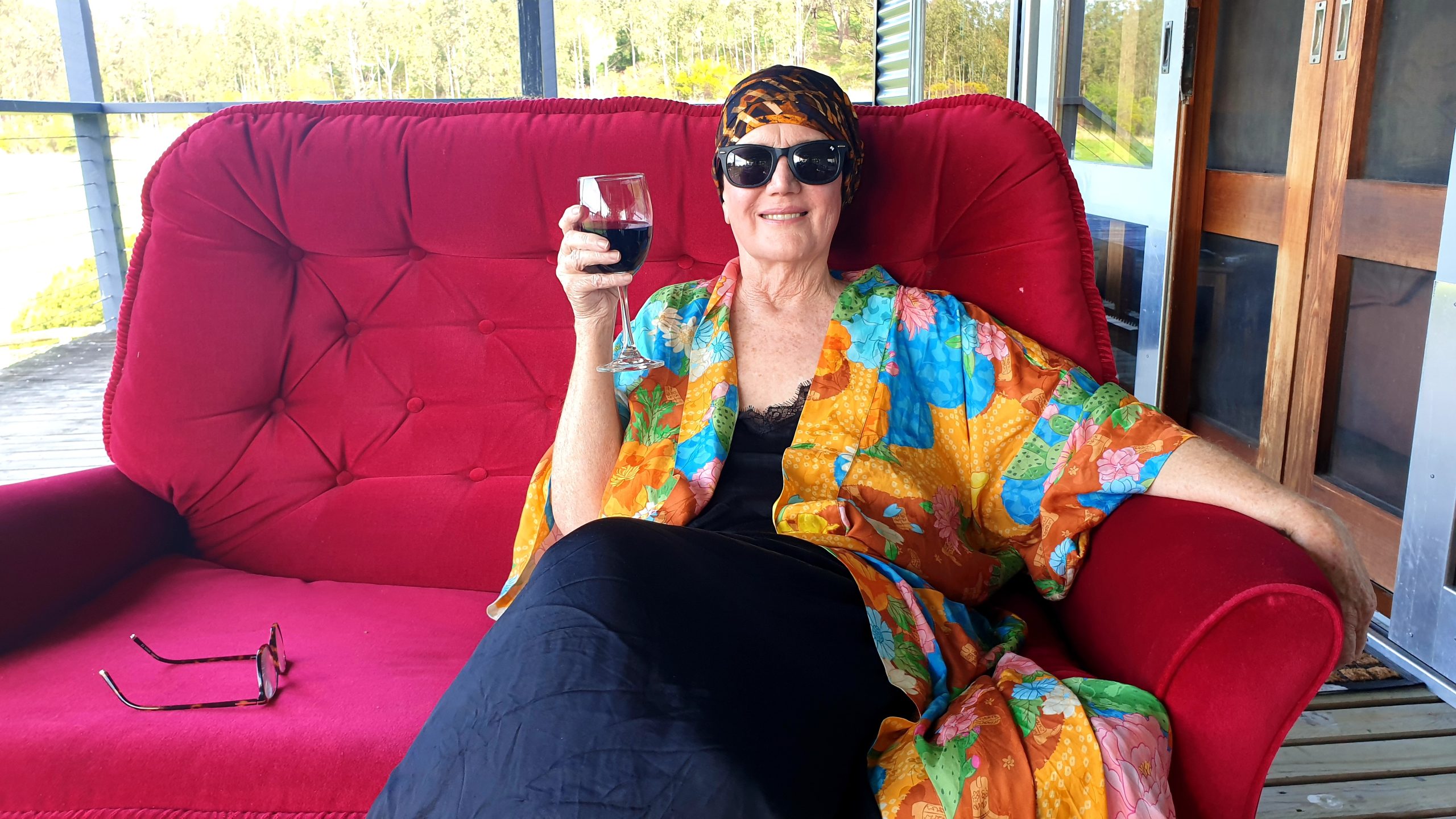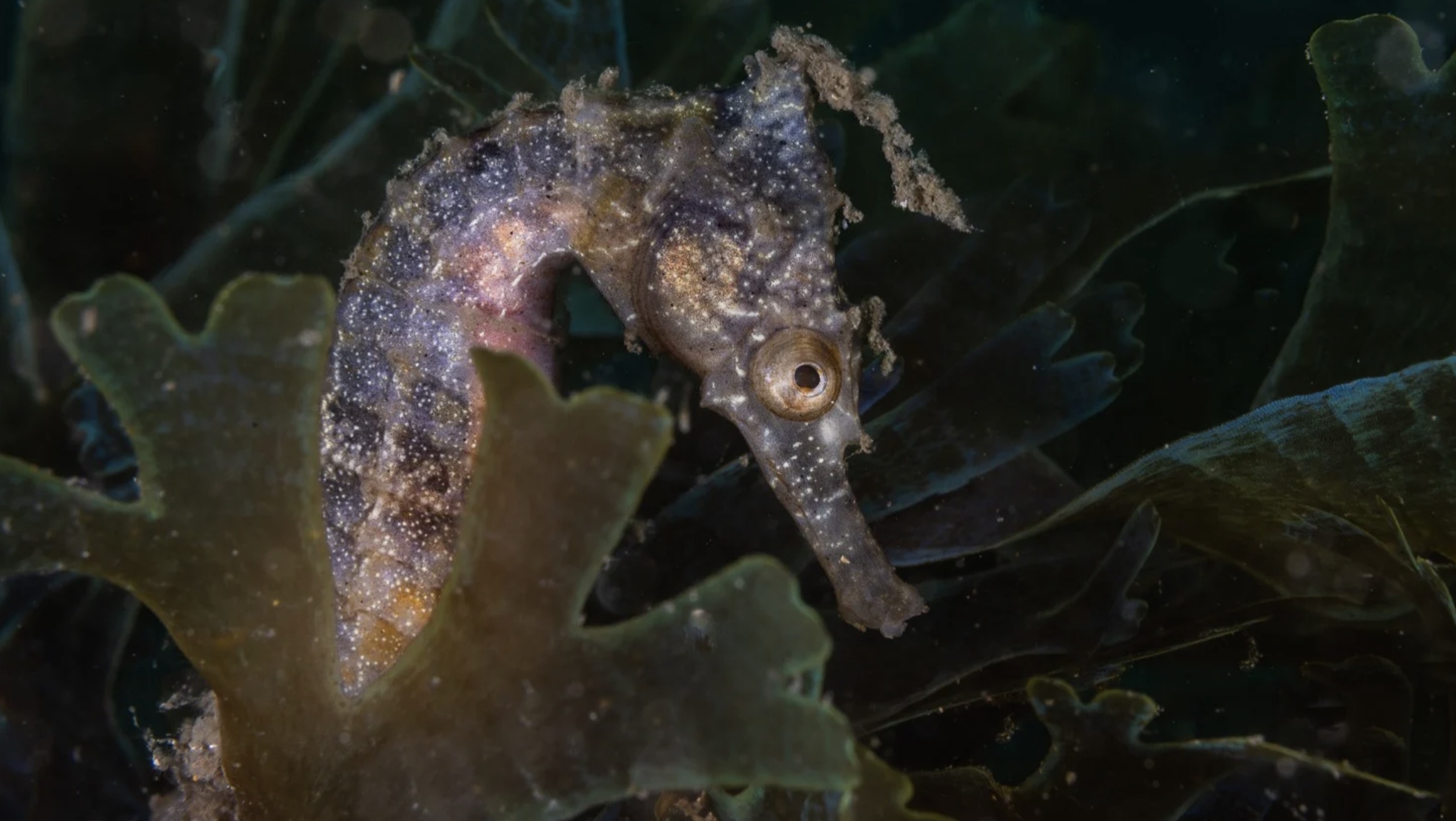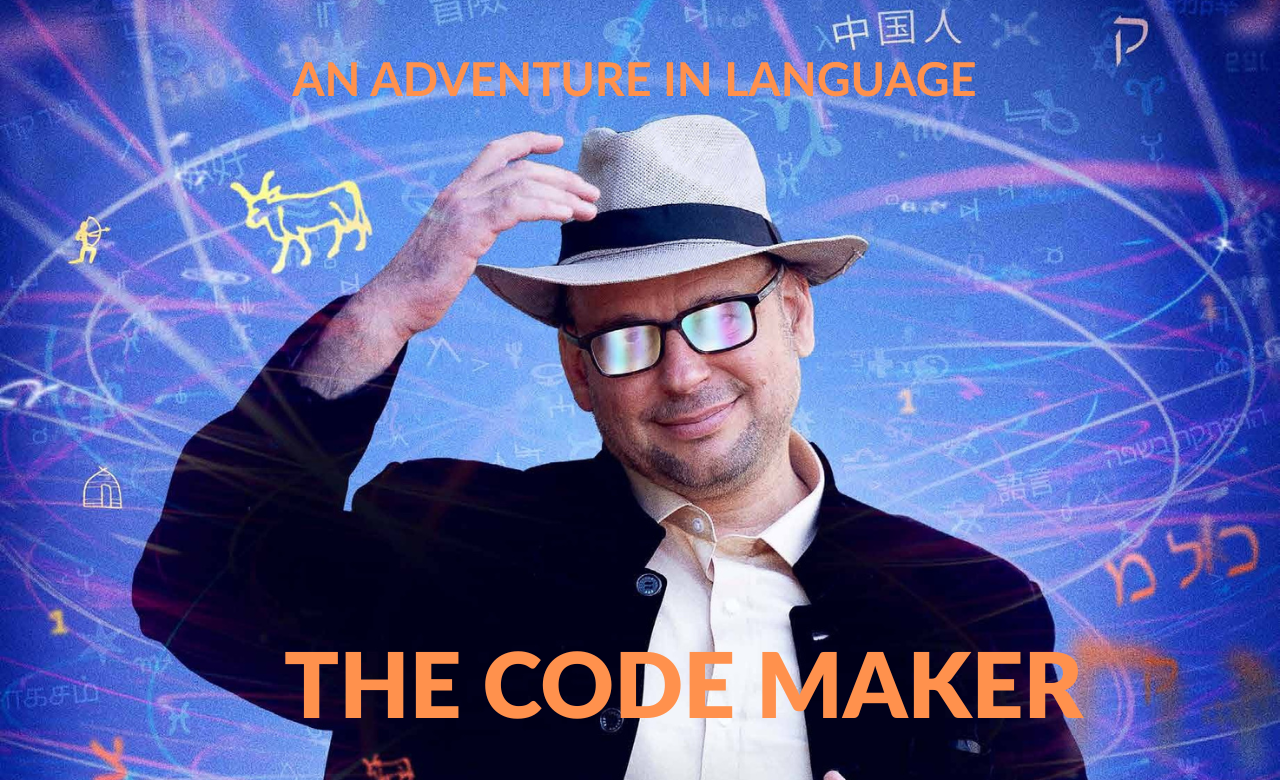Synopsis
A young Japanese student, Minoru Hokari, was driven by a dream to come to Australia and study Aboriginal culture and history first-hand. In his short life-time, before his death in 2004 at the age of 32, Minoru achieved work of lasting value which commands an ever-widening audience. Minoru was inspired by the historic Wave Hill Walk-off in 1966 when Gurindji workers on the Wave Hill cattle station in the Northern Territory walked off in protest against conditions there. The strike became a watershed event in the fight for Aboriginal land rights.
“Japarta” was the “skin name” given by the Gurindji to Minoru. Our film is the story of Minoru’s work with the Gurindji, and how, in Gurindji terms, he was called by the land to help the Gurindji take their story to an international audience. To honour his relationship, Minoru spent many months studying with the Gurindji, wrote a PhD thesis and an influential book about Gurindji history and culture, published in both Japanese and English.
Story
In 1966, 200 Gurindji workers on the Wave Hill cattle station in the Northern Territory, walked off in protest against their conditions. The strike, which lasted 7 years, developed into a landmark event in the fight for Aboriginal land rights. The story of the “Wave Hill Walk-off” came to the attention of a brilliant young economics student in Japan who was inspired to try to find a way of studying Gurindji history and culture. Our film is the story of this student, Minoru Hokari, and the spiritual connection that developed between him and the Gurindji. It’s a story of spiritual transformation, and how he was, in Gurindji terms, “called” by the land to help the Gurindji tell their story to an international audience. “Japarta” was the “skin name” given by the Gurindji to Minoru. He eventually spent many months living with the Gurindji, studying with Elders and writing an influential book (in Japanese) about Gurindji understanding of history. Before his untimely death in 2004 from cancer, at the age of only 33, Minoru also completed his PhD on the Gurindji at the Australian National University. For Minoru, working with the Gurindji gave new meaning to his life. He gradually came to an understanding through his involvement with Gurindji Elders, of the importance of being in Country, to be aware and to feel Country, to be open to what Country will tell you if you listen. He wrote: “The art of knowing is … often the way of paying attention. … Use your senses to receive information from the world. … For the Gurindji people history is not a subject that you ’choose’ to learn. Instead history is happening everywhere in their everyday life. … History should be listened to, seen and felt around yourself in your everyday life … History is something your body can sense, remember and practice.” This film is a reflection of the progress of Minoru’s work in the wider world. His book has been published in English as Gurindji Journey (by UNSW Press) and exhibitions of his photographs of Gurindji country and culture have been presented in Japan and Australia. His writings continue to have impact and relevance in academic circles today. The film will be driven by memories of Minoru – in Japan, the memories of his family, his teachers, fellow students and publisher, interwoven with the memories of the Gurindji people. Minoru himself will be represented in the film through his written word, his audio recordings of field notes made while he was in Gurindji country, his many photographs of the Gurindji and their culture, and the many photos taken of Minoru by family and friends. The film is the work of two historians who previously made the award-winning MESSAGE FROM MUNGO – Dr Andrew Pike and Prof Ann McGrath – and are working on the new film with the approval of Gurindji Elders and Minoru’s family.
Production Stage
- Development
- Production
- Post-production
- Completed
- Outreach
DURATION: 99 MINUTES
Issue area
CONTACT FILM TEAM








